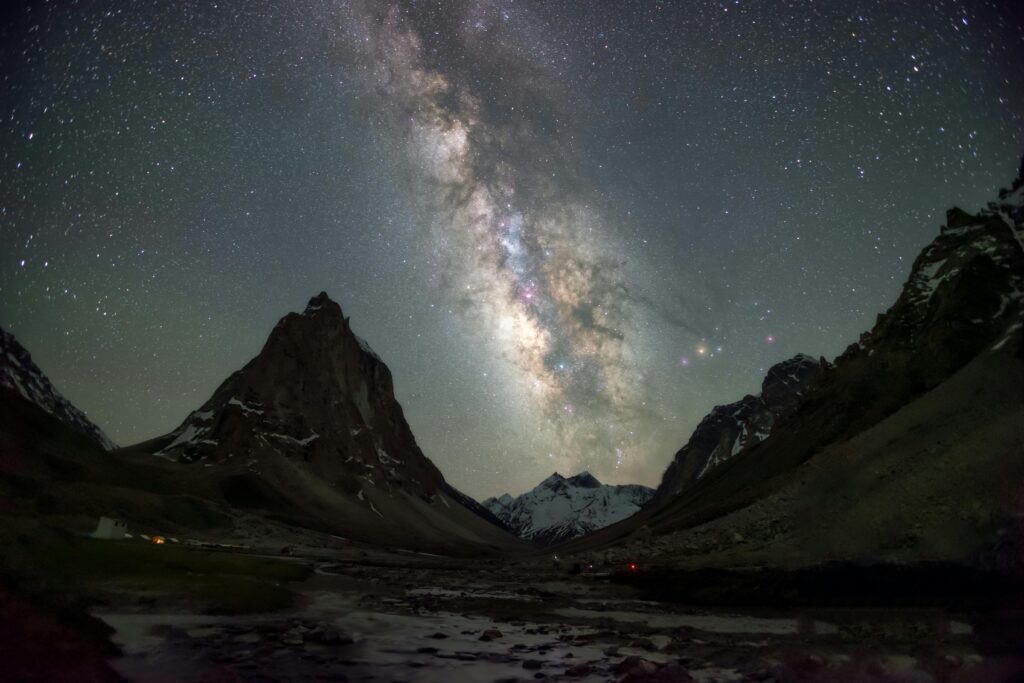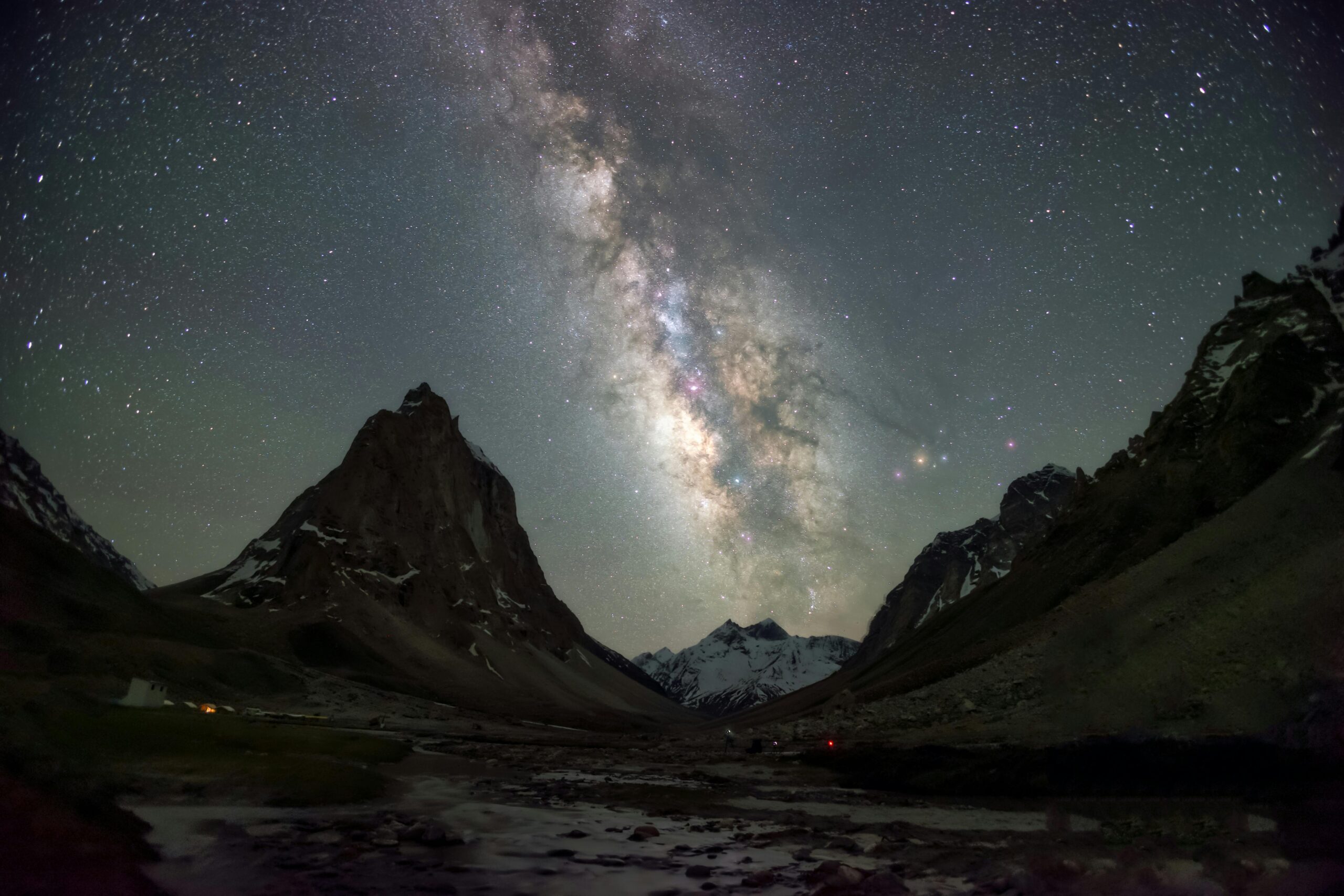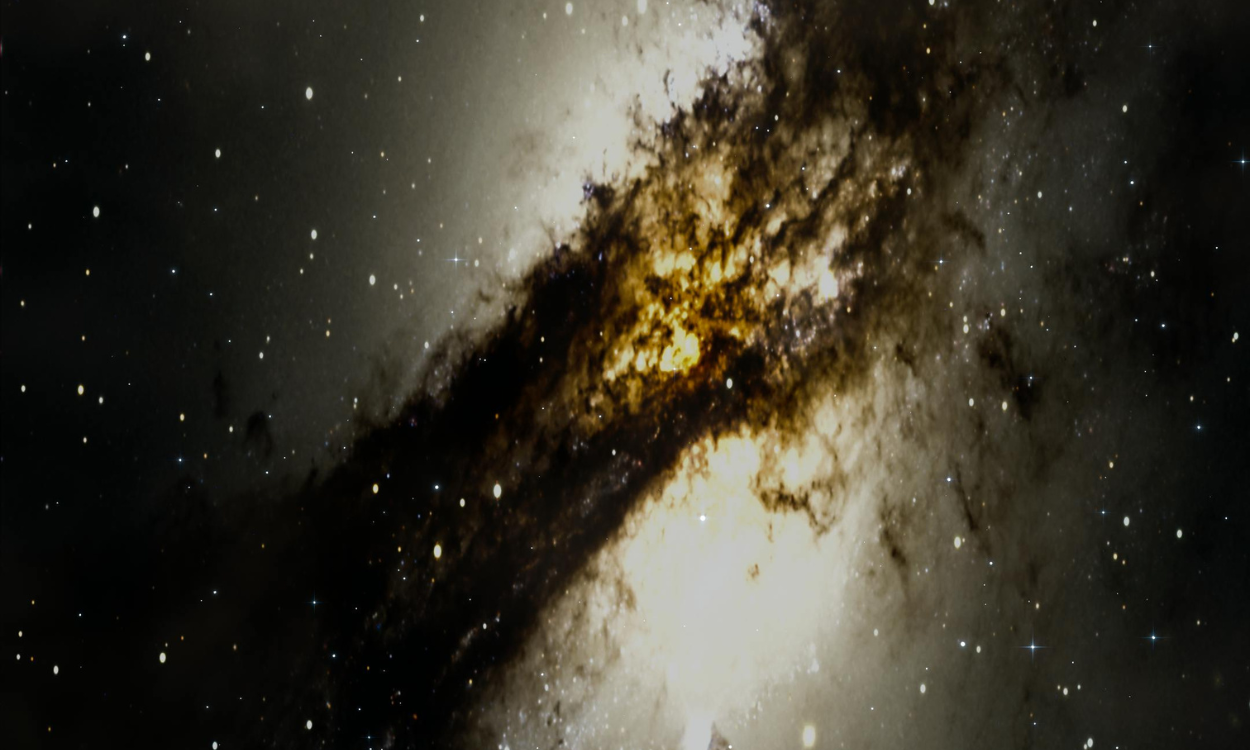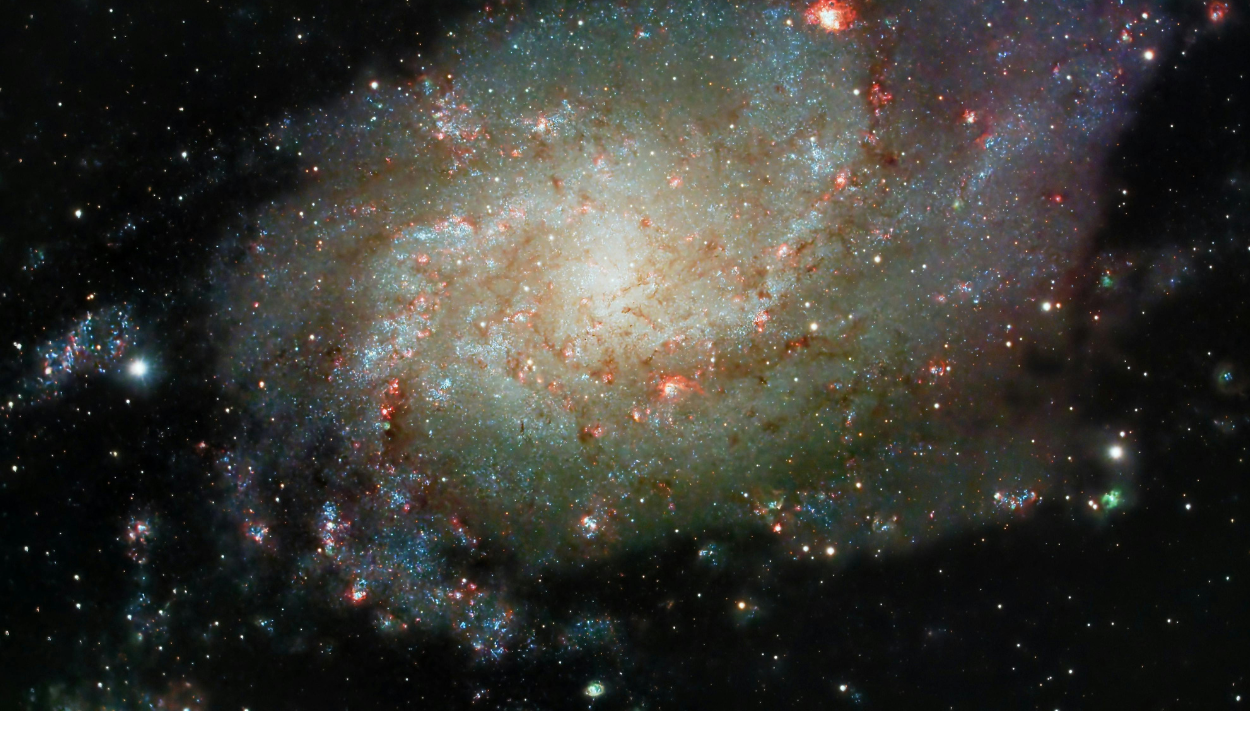Star-Filled Legacy: The Power of the Milky Way Galaxy
The Milky Way Galaxy, a majestic and awe-inspiring cosmic wonder, has been the subject of human curiosity for centuries. As our home galaxy, the Milky Way is not just a collection of stars, gas, and dust; it represents the very essence of life, energy, and the intricate workings of the universe. The star-filled legacy of the Milky Way Galaxy holds countless mysteries that continue to unravel as technology and science progress. From its fascinating structure to the role it plays in shaping the cosmos, the power of the Milky Way Galaxy remains unparalleled.
Table of Contents

The Structure and Composition of the Milky Way Galaxy
The Milky Way Galaxy is a barred spiral galaxy, spanning an estimated 100,000 light-years in diameter. It is composed of billions of stars, planets, nebulae, and dark matter, all revolving around a supermassive black hole at its center known as Sagittarius A*. The star-filled legacy of the Milky Way Galaxy is best observed through its spiral arms, where young, bright stars are born in dense clouds of gas and dust.
What makes the Milky Way Galaxy even more compelling is its vast diversity of stellar systems. Scientists estimate that there are over 100 billion stars within our galaxy, each with unique characteristics. Some stars shine brightly, illuminating entire regions, while others are remnants of celestial explosions, marking the final stage of a star’s life cycle. The power of the Milky Way Galaxy lies in its ability to host such diverse cosmic phenomena, creating a complex and dynamic environment.
A Star-Filled Legacy: Origins and Evolution
The star-filled legacy of the Milky Way Galaxy is rooted in its origins, which date back approximately 13.6 billion years. It is believed to have formed shortly after the Big Bang, with gravity pulling gas and dust together to create the first generation of stars. These ancient stars paved the way for future stellar generations, contributing to the growth and evolution of the galaxy.
The Milky Way Galaxy continues to evolve through processes like star formation and galactic mergers. Our galaxy is not isolated; it interacts with neighboring galaxies, including the Andromeda Galaxy, which is on a collision course with the Milky Way. This future merger, expected to occur in about 4.5 billion years, will reshape the power of the Milky Way Galaxy, potentially forming an entirely new cosmic structure.
The Role of the Milky Way Galaxy in Supporting Life
One of the most intriguing aspects of the Milky Way Galaxy is its ability to support life. Our solar system, located in a relatively calm region known as the Orion Arm, provides the perfect conditions for life to thrive on Earth. The star-filled legacy of the Milky Way Galaxy includes countless exoplanets orbiting other stars, many of which could potentially harbor life.
The power of the Milky Way Galaxy lies in its nurturing environment, where stars like the Sun provide light, warmth, and energy. The gravitational stability of our galaxy ensures that planetary systems can exist for billions of years, allowing life to develop and evolve. This unique capability highlights the profound importance of the Milky Way Galaxy in the grand design of the universe.
The Power of the Milky Way Galaxy in Modern Science
Advancements in astronomy and space exploration have allowed scientists to delve deeper into the mysteries of the Milky Way Galaxy. Observatories like the Hubble Space Telescope and ground-based instruments have captured breathtaking images of our galaxy’s core, spiral arms, and star clusters. These discoveries have provided invaluable insights into the star-filled legacy of the Milky Way Galaxy.
One of the most powerful tools for studying the Milky Way is radio astronomy. By observing radio waves emitted by gas clouds and stars, scientists can map the galaxy’s structure and better understand its composition. This ongoing research showcases the power of the Milky Way Galaxy as a rich source of scientific knowledge, helping us unlock the secrets of the universe.
Dark Matter and the Hidden Power of the Milky Way Galaxy
While the Milky Way Galaxy is a luminous and visible structure, much of its mass remains hidden in the form of dark matter. Dark matter, an invisible substance that does not emit light or energy, is believed to make up about 85% of the galaxy’s total mass. The star-filled legacy of the Milky Way Galaxy is intertwined with dark matter, which provides the gravitational glue that holds the galaxy together.
Without dark matter, the stars and planets within the Milky Way Galaxy would not remain bound in their orbits. The power of the Milky Way Galaxy, therefore, extends beyond its visible components, as dark matter plays a crucial role in maintaining its stability and structure.
The Future of the Star-Filled Legacy of the Milky Way Galaxy
As humanity looks to the future, the Milky Way Galaxy will continue to inspire generations of scientists, astronomers, and explorers. The star-filled legacy of the Milky Way Galaxy serves as a reminder of the vastness of the universe and our small yet significant place within it. Future missions, such as those by the James Webb Space Telescope, will provide even deeper insights into our galaxy’s formation, evolution, and ultimate fate.
The power of the Milky Way Galaxy will also shape our understanding of other galaxies and cosmic phenomena. By studying our own galactic home, we gain a better understanding of the universe as a whole, from star birth to galactic collisions. As we continue to explore, the Milky Way Galaxy will remain a cornerstone of cosmic discovery.
Conclusion
The Milky Way Galaxy is more than just a collection of stars; it is a dynamic, ever-evolving structure that holds the key to understanding the universe. Its star-filled legacy spans billions of years, showcasing the incredible power of cosmic forces that shape galaxies, stars, and planets. From its intricate spiral arms to the hidden power of dark matter, the Milky Way Galaxy remains a beacon of wonder and scientific exploration.
The power of the Milky Way Galaxy extends beyond its visible beauty, as it nurtures life, inspires scientific advancements, and offers a glimpse into the universe’s mysteries. As we stand on Earth and look up at the night sky, we are reminded of the star-filled legacy of the Milky Way Galaxy, a cosmic wonder that connects us to the infinite expanse of space. With every discovery, we move one step closer to unraveling the secrets of our galactic home, solidifying its place as a symbol of power, mystery, and cosmic heritage.





